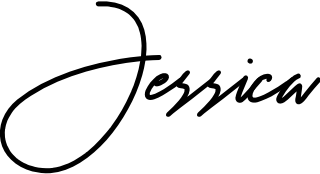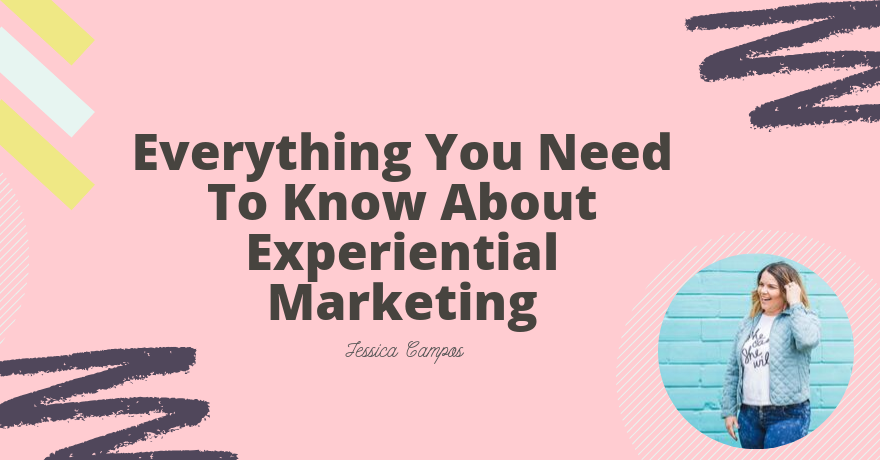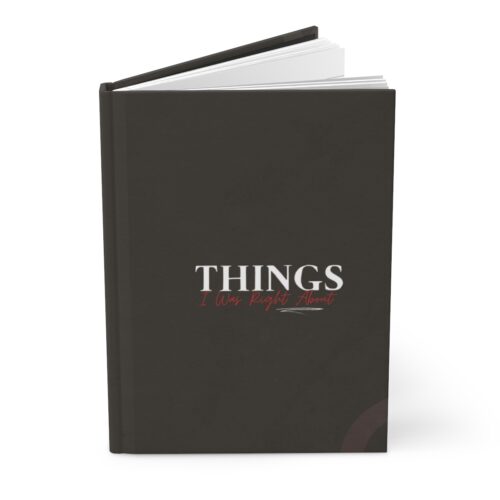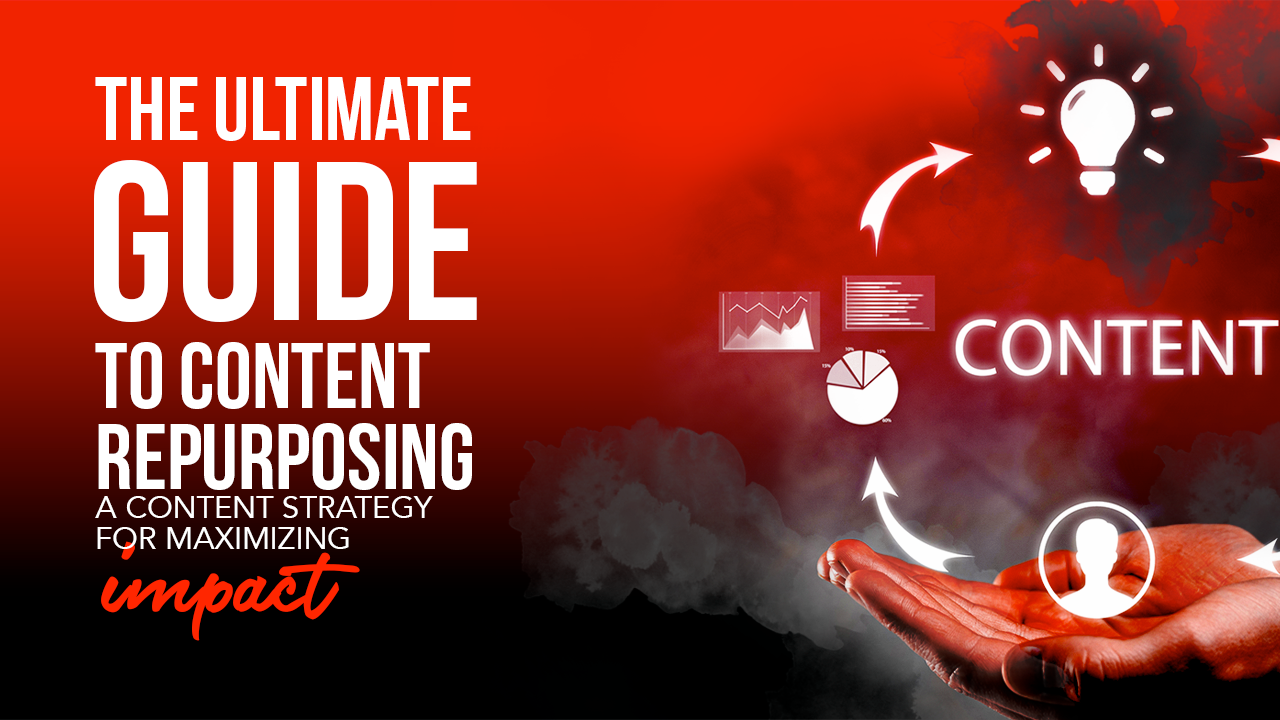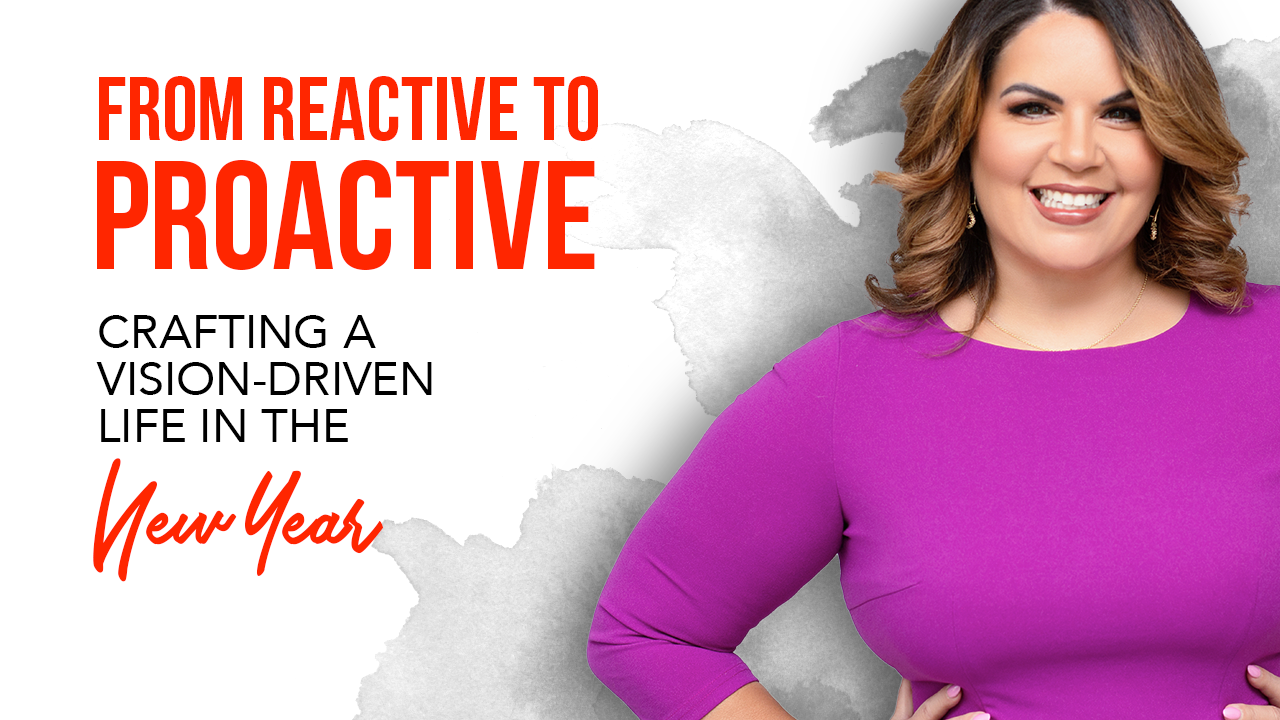If you’re a business owner, no matter if it’s small or big, you crave 1 thing: brand loyalty. A strong brand loyalty transfers into repeated customers who buy your products or services, regardless of changes in price or convenience.
Brand loyalty isn’t about likes and followers. You can’t deposit likes in your banking account! So we need to make sure your marketing & sales efforts translate into steady cash flow and profit, of course. Make no mistake, your focus needs to be on building a strong brand, followed by developing brand loyalty.
Does that make sense?
If so, experiential marketing should be part of your next marketing strategy. What is experiential marketing and how can you start running some experiential marketing campaigns? Keep reading, because I’m covering it all.
What Is Considered A Strong Brand
Amazon CEO Jeff Bezos defined brand very simply as “what people say about you when you’re not in the room.”
Seth Godin, a popular entrepreneur and blogger, gives a longer definition:
“A brand is the set of expectations, memories, stories, and relationships that, taken together, account for a consumer’s decision to choose one product or service over another. If the consumer (whether it’s a business, a buyer, a voter, or a donor) doesn’t pay a premium, make a selection, or spread the word, then no brand value exists for that consumer.”
Your brand gets represented through in pretty much everything that your business does on a regular basis, including the following four areas:
> Visual Brand Identity, such as your logo, website, and color scheme
> Brand Voice, such as your blog posts, mission statement, social content, and website copy
> Brand Values, such as the types of causes your company supports
> Brand Personality, such as your company’s culture and customer service philosophy
The path to build a strong brand doesn’t need to be complicated. Many marketers make the mistake of narrowing their efforts to customer acquisition. If this has been your approach, you’re doing exactly what your competitor is doing. How can you stand out?
The way you overcome this obstacle is simple. Build something money or products can’t get you: a genuine connection with your customers, or community.
A strong brand is a result of connection and community. You can have the most beautiful website or write the perfect sales page, but you won’t build a strong brand or reach your revenue goals effortlessly until you build a strong connection and community.
Kendra Scott – A Strong Brand Example
When I think of a strong brand, I like to think about Kendra Scott, for example. If you know of her jewelry, chances are you know about her story. How she went from a $500 project in the spare bedroom of her home to a billion dollar fashion brand loved globally.
If you have visited one of her stores, chances are that you have a memorable experience.
And just in case you still haven’t heard about Kendra, let me give you some context. She’s one of the top America’s richest self-made women and she ranked higher than Taylor Swift, Beyoncé, Donna Karan and Diane Von Furstenberg. It’s amazing when you think that beading classes and $500 we all she needed to start a business.
There’s a reason why Kendra Scott’s locations are flourishing in the middle of the retailpocalypse. She’s been able to create a connection and a strong community, using experiential marketing.
What Is Experiential Marketing
Experiential marketing, also called “engagement marketing,” is a marketing strategy that invites an audience to interact with a business in a real-world situation. Using participatory, hands-on, and tangible branding material, the business can show its customers not just what the company offers, but what it stands for. Source: Hubspot.
Research conducted by McKinsey shows that word-of-mouth recommendations drive 20% to 50% of all purchase decisions, and experiential word-of-mouth recommendations account for 50% to 80% of all those recommendations.
Experiential Marketing Examples
Experiential marketing is all about facilitating consumer interaction so they can have a brand experience. And this can be achieved when consumers can meaningfully connect with your brand, and, of course, can also meet and mingle with each other.
Let’s not forget the 2 important elements of a strong brand that lead to brand loyalty: meaningful connections and community.
Here are some of the experiential marketing examples:
- ✔️Classes or workshops
- ✔️Product testing or tasting
- ✔️Factory or headquarter tours
- ✔️Giveaways and competitions
- ✔️One-time phenomenon like street art, installations, pop-up concerts, and even pranks.
How To Build Successful Experiential Marketing Strategy
In order to have success in your experiential marketing efforts, you need to see it as a strategy, not a tactic.
The terms tactic and strategy are often confused: tactics are the actual means used to gain an objective, while strategy is the overall campaign plan, which may involve complex operational patterns, activity, and decision-making that govern tactical execution.
A tactic is something you do a few times, but there is no repeatable system that can be duplicated. A strategy consists of a series of steps, all connected, aligned with a main goal, that can be duplicated.
Now let’s discuss the key elements for a successful experiential marketing strategy.
Design Your Experience
How do people feel about our brand? is a fundamental question that every product or service creator must answer.
Without getting too technical, there are some basic UX principles that can be applied in order to plan your experiential marketing strategy more efficiently.
User journey mapping is an excellent exercise that can shed light on that. User journey map is a visualization of an individual’s relationships with a product/brand over time and across different stages of their journey.
Below is a map of the user experience journey that we designed to enhance the experience of our Networking Events for our Austin Networking Community.
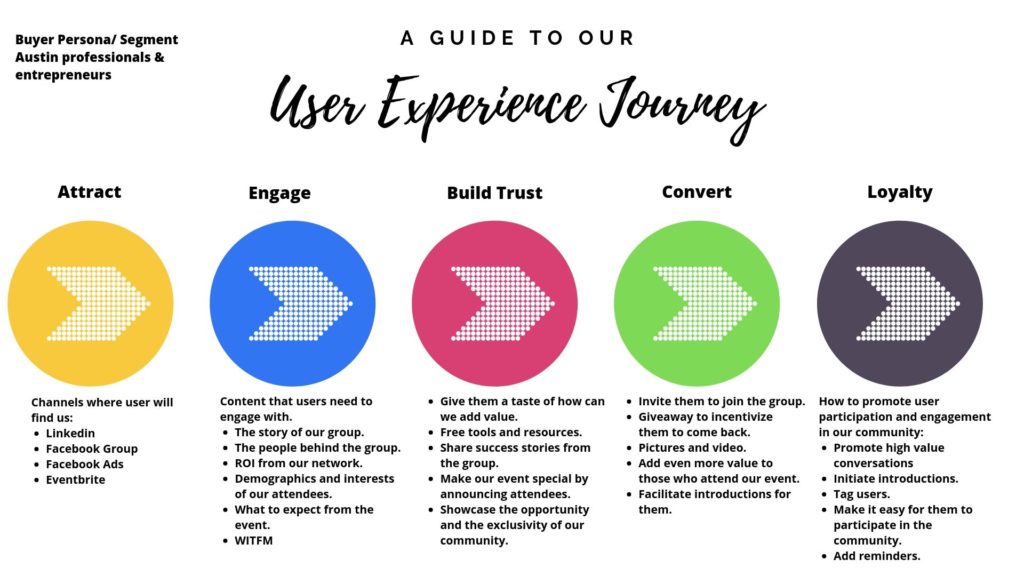
Our map traced the different stages of the users, from their first contact with our community, all the way up to brand loyalty. Then, on each step, we map the user’s mindset and identify opportunities to make a better experience for them.
Make sure you keep your map visible so you build your experiential marketing strategy according to your design.
Purpose Driven Instead Of Revenue Driven
Have you been invited you to a party and you ended at a business presentation? This is exactly what not to do!
When you’re opening your doors to receive people, you can’t do it with the sole idea of turning everyone into a client. Your goal is to build connections.
A connection can give you introductions, ideas, and can also turn into a client. But don’t just focus on the third one.
The most successful experiential marketing campaigns leave attendees with a great story to tell.
Kendra’s brand leverage charity events to bring their customers together at their location.
Take a look at their invitation and note how their message is all about giving back. This makes consumers coming for a reason beyond than buying an accessory they want.
If you adopt a purpose-driven strategy instead of a revenue-driven, you will be able to serve others, have fun, and create a much pleasant experience. Just trust the process. You are building your brand. Users will help you build revenue. It will happen!
Narrow Audience Over Broad Audience
Since you will bring people together, you want to think about an audience that actually blends well.
Think about their interests, behaviors, demographics, and location.
Facebook Ads are a great resource to find your target audience. Using the saved audience feature, you can target your audience. However, you don’t always need ads to find your target audience.
Let’s explore briefly the 4 categories:
Interests: People’s hobbies, favorite activities, and favorite sources of entertainment. For example, if you’re hosting a beer festival, you might include people who list beer brands in their interests.
Behaviors: Device usage and purchase behaviors. If you’re hosting a tech conference, you might target people who have the latest models of devices or complex purchasing behaviors.
Demographics: Traits like age, gender, relationship status, education, and job titles. A leadership workshop might want to target individuals who have “manager” or “director” in their job title.
Location: Where people live (for example, your event’s city or neighboring cities). If you host an event in Austin, you can easily target anyone in the Austin city + 25 miles around it.
Research! Don’t just rely on what you believe. Take some time to research the audience. One of my favorite tools for audience research is Facebook Audience Insights.
How to use Audience Insights to find your target audience, free?
Let’s say you want to attract women who are into holistic health from ages 25-40 who live in Texas.
Using Audience Insights you will be able to see the communities or pages they already like. Take your time to explore each of these recommendations. You will be able to get an idea of the kind of experience this audience is used to.
Audience Insights also reveals your audience’s digital behavior. How do they consume digital content, what things they like, comment, and share.
Knowing their behavior will allow you to make smarter decisions of what channels to use and even the format of content you should create to get their attention.
Narrow Your Channels
You don’t need to have a campaign all over social media. The more channels you have, the harder it will be to create meaningful connections.
In other words: less is more.
I’ve been hosting networking events for professionals & entrepreneurs of Austin for over 2 years now. Our key channel is our Facebook Group. We build meaningful connections and invite our members. We get sold out 100% and it’s all organic.
If you notice our experience journey map below, we only planned to use 4 channels to attract users: Facebook Group, Facebook Ads LinkedIn, Eventbrite.
As a matter of fact, we haven’t needed any Facebook Ads at all.
Our community grows by 30-40% each month, organic.
Take the time to identify which of your current channels can bring you more opportunities.
The best efforts are those who can be implemented effortlessly.
Always Lead With Authenticity
The more virtual our lives get, the more we hunger after something genuine.
Gone are the days when you could succeed with flashing big checks, luxury cars, and a picture-perfect lifestyle.
Simply put, being authentic means staying true to who you are, what you do and who you serve. In an environment in which more human elements matter it creates value and benefits for your connections as well as improving your business.
Authenticity works because…
It elevates your business above the competition
It builds your identity and image into something influential
It gives substance to your business, services and products
It enables people to relate to your business
It helps people understand how what you offer is of benefit to them
It tells people that what you offer is of high quality
It marks you out as a reliable, trustworthy company
It encourages engagement and can turn audiences into advocates
When you lead with authenticity, you will find that your users will feel free to take your brand as it belongs to them. They feel connected. It’s because they are part of it.
Kendra Scott now opened a Women’s Entrepreneurial Leadership Institute. Make no mistake, this has been possible because of her strong community. It goes beyond a product. It’s a mission that every Kendra’s jewelry user feels like it belongs to them.
To Recap
You will design an experiential marketing strategy because you want to develop a strong brand and brand loyalty. You want acommunity.
Some of the experiential marketing activities can be:
- ✔️Classes or workshops
- ✔️Product testing or tasting
- ✔️Factory or headquarter tours
- ✔️Giveaways and competitions
- ✔️One-time phenomenon like street art, installations, pop-up concerts, and even pranks.
The first step to a successful experiential marketing strategy is design. Start with a basic user experience journey map so you can craft the user experience with all the details in mind.
I hope you get inspired to adopt experiential marketing to build your brand. It’s one of my favorite strategies.

Just in case you want to learn more about me, here’s part of my BIO.
Jessica Campos, JD, BBA is an educator, author, forensic digital marketing expert & strategist who is passionate about UX. She traded in her law career in order to pursue her passion: helping entrepreneurs build wealth by taking advantage of the thriving content economy.
Jessica‘s 15+ years of experience in entrepreneurship, background in law and business, tracked online sales record, and her network, represent a wealth of resources for professionals and entrepreneurs that want to attain success.
Want to discuss your future experience marketing strategy?
